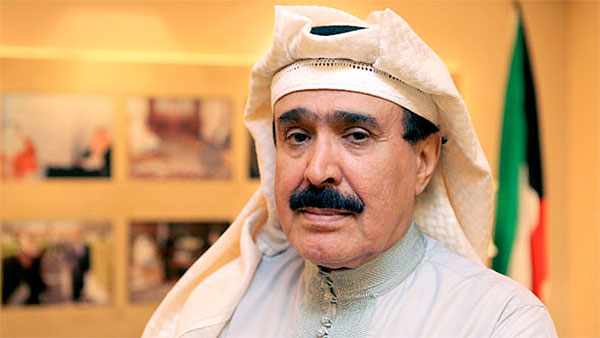08/03/2020
08/03/2020

IN political dialogue, every detail has its own meaning, as it always contains the message negotiators want to pass to the other party and when dialogue is held in the presidential villa of a country like Russia to discuss serious crisis at the level of Syria in which Turkey is a party, meanings of the details will surely be massive.
The image is depicted by the Russian official media concerning the meeting of President Vladimir Putin with his Turkish counterpart Recep Tayyip Erdogan in the Kremlin last Thursday where the Turkish delegation stood under the statue of Catherine the Great, the Empress who defeated the Ottomans in Crimea and assisted the independence movements in the Arab World, especially in Egypt and Sayda (Sidon) Governorate in Lebanon. This enabled her establish herself as the Ottoman influence began to wane in many regions that used to be under its control.
A keen follower of Turkish politics over the past 15 years will notice an obsession with empire, particularly after its president ordered the reintroduction of the Ottoman uniform for the Republican Guard few years ago. This has numerous meanings, even if it was in the form of folklore, coupled with the return of the caliphate logic, which collapsed in 1920, and the natural Islamic strategic surrounding of Turkey. This is clear by its meddlesomeness in Iraq, Syria and Libya, as well as Somalia and other Arab countries.
When Russian media focused on the photo of the Turkish delegation standing under the statue of Catherine the Great (1762-1796) without showing the location of the Russian delegation, it spoke volume about “veiled defeat” of Turkey in the Northern Syria battle. It’s a reminder that this same woman put the Ottoman Empire into oblivion.
There is no doubt that the last decade was witness to a series of Turkish meddlesomeness under the guise of helping the so-called Arab Spring movements to actualize its objectives. We all understand that the Muslim Brotherhood Movement was the main engine room for Turkey in Egypt, Libya, Syria and Arabian Gulf countries. It also formed an alliance with Iran in Iraq to accomplish joint plans and interfered in Yemen by supporting political blocs, including the Brotherhood to revolt against the government in 2011.
In Syria, interference of Turkey became more glaring with several excuses to guarantee the Turkish national security and prevent Kurds from obtaining independence, especially after its failure to prevent Kurds’ autonomous government in Iraq.
In the last battle, Ankara attempted to enforce its conditions by attacking Syrian Army. Whoever followed the statements of its politicians, starting from the president to the least official, realized from the onset that the issue is not about protecting the national security. It engaged terrorist groups while expanding the scope of influence by using Syria to serve as the connecting point to reach the Arabian depth.
The truth of the matter is that neither Putin nor Kremlin has a report on Syria’s fate, so it’s the right of the regime and Syrian people. However, Erdogan going to Moscow to decide is tantamount to putting the fingers of his government in-between Russia’s teeth. It accepted the conditions imposed by Moscow to a large extent- similar to those imposed by Catherine the Great at the King’s Treaty during the end of her rule over the Ottomans.
The question remains: Why didn’t Turkey send its soldiers to fight Iraqi and Iranian Kurds who support the secession movements across length and breadth of the Middle East to grant Kurds parties freedom of action if its problem is with the Kurds?
By Ahmed Al-Jarallah
Editor-in-Chief, the Arab Times


